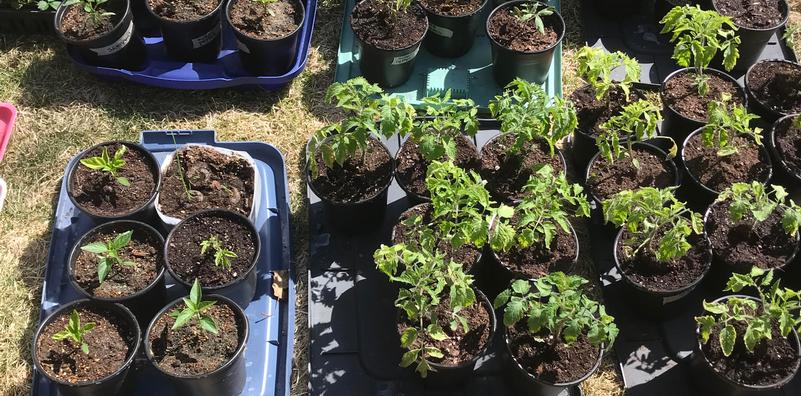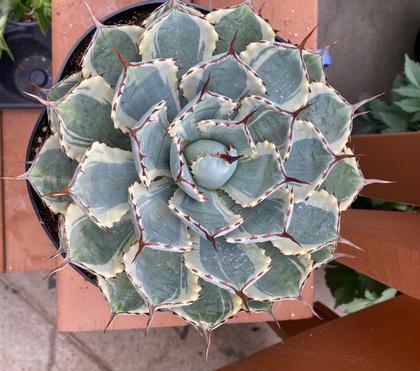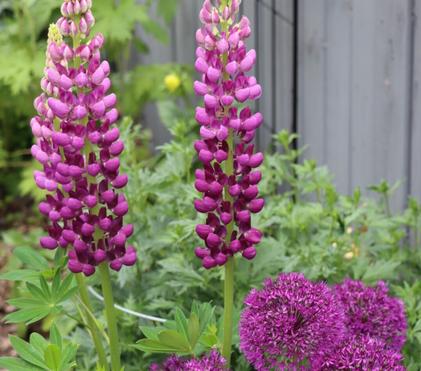Acclimating Your Plants to the Outdoors: "Hardening Off" Explained
It’s pretty hard to beat a juicy summer tomato or sweet strawberry from your own garden and the benefits of homegrown vegetables and fruits are countless. More and more people are considering quality and taste, organic options, continuous harvest, room to grow and how much time they have available and they are ready to take the plunge and sow their own. Hardening off seedlings is the most important concept that new gardeners will learn to improve successful transplants. Those young, pampered seedlings that were grown either indoors or in a greenhouse will need an adjustment period to acclimate to outdoor conditions before being planted in the garden.

Toughening up our tomatoes and peppers before transplanting them in our garden bed
Remember to think of plants like babies. They are sensitive to changes in their environment. They need sun protection, a sweater when cold, and lots of attentive care. Similarly, plants that are hardening off need shade, frost protection, and a careful eye to observe how they are reacting to their new environment.
By gradually exposing seedlings to the outside elements, you stimulate their natural defenses and give them time to adapt to their new environment. The goal is to gradually expose the tender plants to the wind, sun, and rain, toughening them up by thickening the cuticle on the leaves so they lose less water through transpiration when exposed to the elements. This helps prevent transplant shock, the term used for seedlings that languish, become stunted, or die from sudden changes in temperature and exposure to sunlight.
How to Harden Off Seedlings
Begin the process about a week before the date you plan to transplant your plants outdoors in your garden. A wheeled cart or wheelbarrow will make easy work of this job.
- On a warm day, place seedlings in an outdoor location that is protected from direct sunlight and wind for a couple of hours, bringing them back inside to a warm place at night.
- Place the seedlings in dappled shade, with some exposure to direct sunshine, gradually increasing the amount of time per day, but bring them back inside for the night.
- While they are still in their pots or trays, increase their exposure to direct sunlight and leave them out overnight.
- If possible, choose a cloudy day to transplant your seedlings to their permanent growing spots and water well after planting.
If frost is expected over the next week or two, be sure to protect your plants with frost cover. Unfortunately with hail and strong, cold winds, your plants can suffer damage, no matter how carefully you’ve hardened them off.
All your busyness in preparing, sowing, and planting, combined with routine care during the season, increases your likelihood of success with healthy crops and continuous harvest. The next biggest challenge will be choosing between freezing, preserving, or dehydrating your vegetables!

